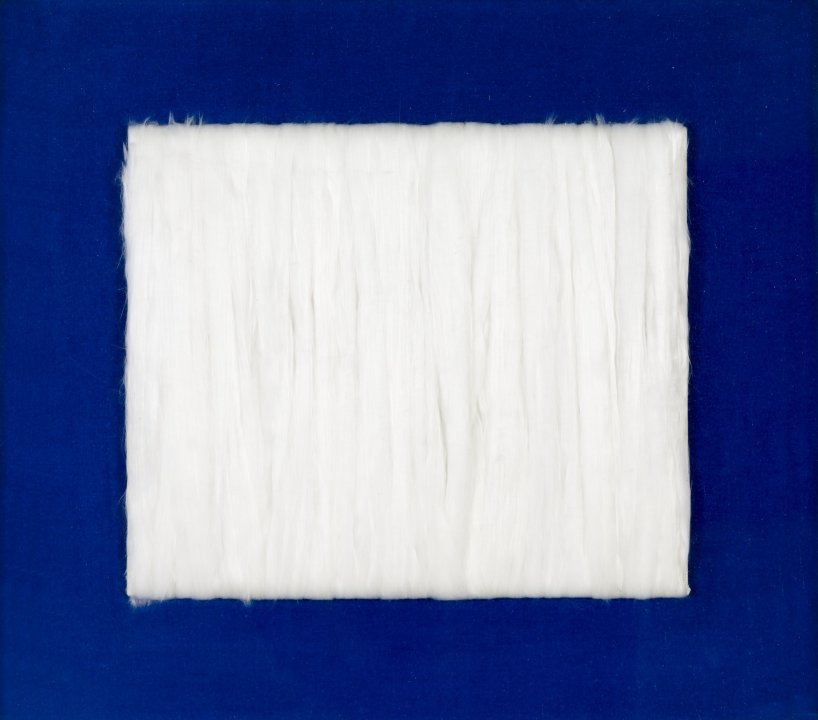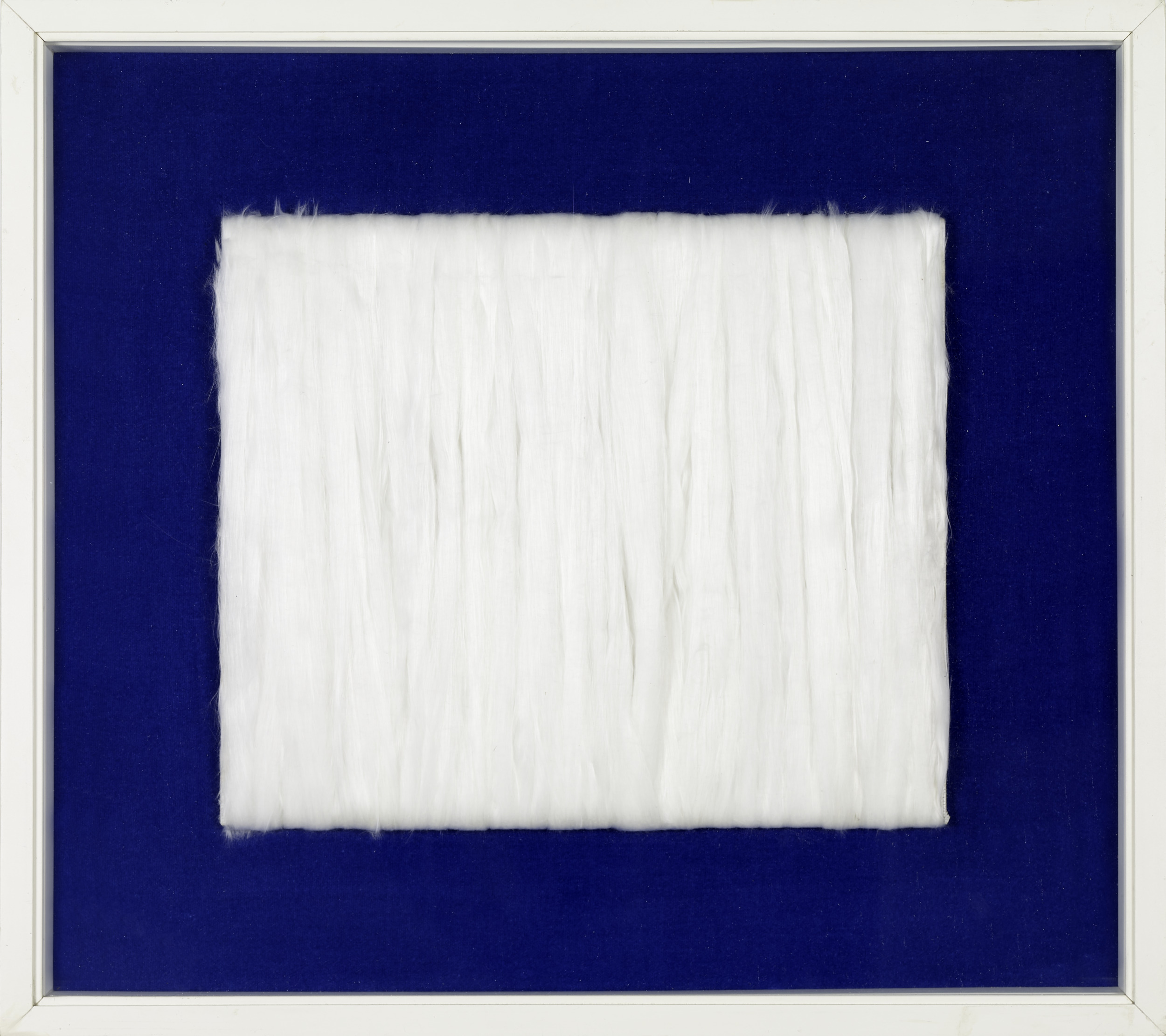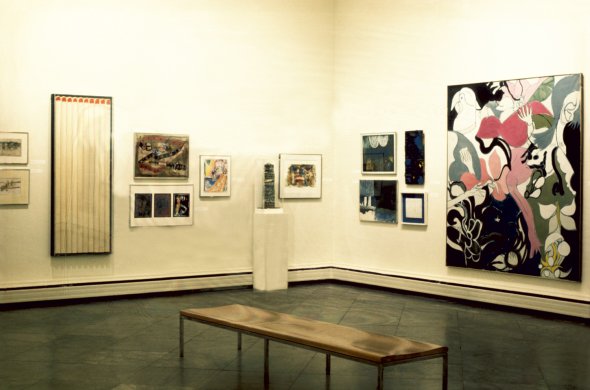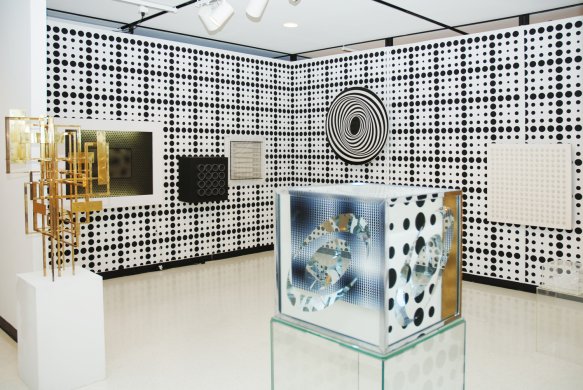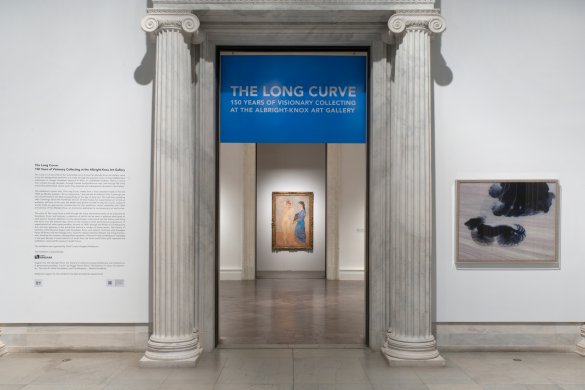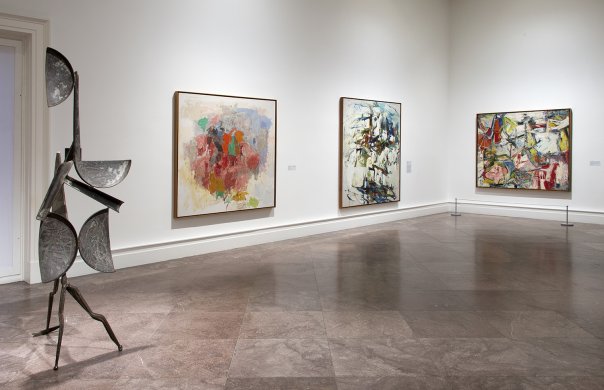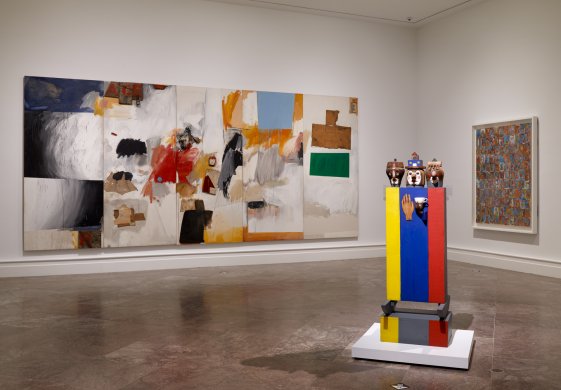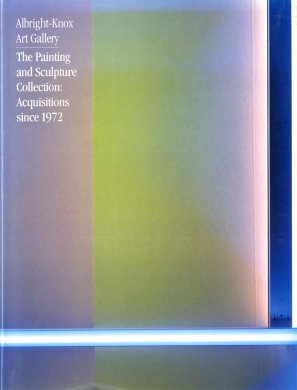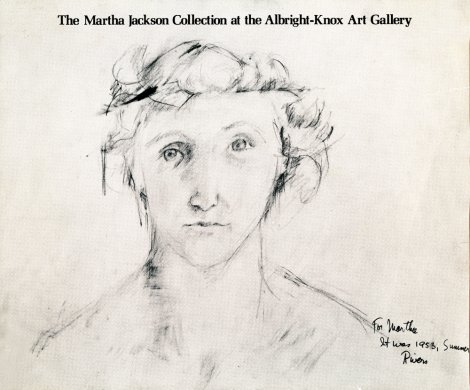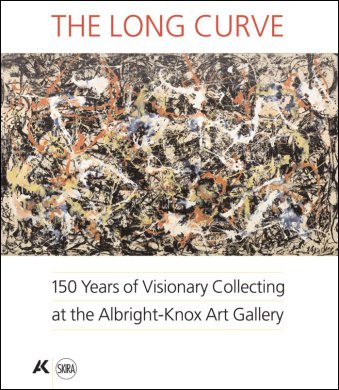Piero Manzoni
Italian, 1933-1963
Achrome, 1961
Artwork Details
Materials
fiberglass and felt on board
Measurements
overall: 9 3/4 x 11 3/8 x 1 inches (24.765 x 28.8925 x 2.54 cm); framed: 16 5/8 x 18 5/8 x 1 3/4 inches (42.23 x 47.31 x 4.45 cm)
Collection Buffalo AKG Art Museum
Credit
The Martha Jackson Collection at the Buffalo AKG Art Museum, 1974
Accession ID
1974:8.20
Piero Manzoni’s distinctly innovative practice called into question the very nature of the object; no material was off-limits in his quest to challenge the status of modern art. A critic of his time, Manzoni had reservations about the mass production and consumerism taking hold throughout Italy after World War II (1939–45). The artist named his most extensive series of works Achromes, a term that referred to their colorlessness. In these works, Manzoni experimented with various white pigments and materials, such as gesso, felt, stitched canvas, and even bread rolls. The work presented here, for example, is made of fiberglass. Manzoni wrapped the material around a board and then set it on a background of blue felt. The artist believed that this lack of traditional compositional elements, such as color, representational imagery, or symbols, freed painting to be something altogether new. After his untimely death in 1963, Manzoni’s friend and fellow artist Ben Vautier (Italian, born 1935) signed Manzoni’s death certificate, declaring it a work of art.
Label from Giant Steps: Artists and the 1960s, June 30–December 30, 2018
